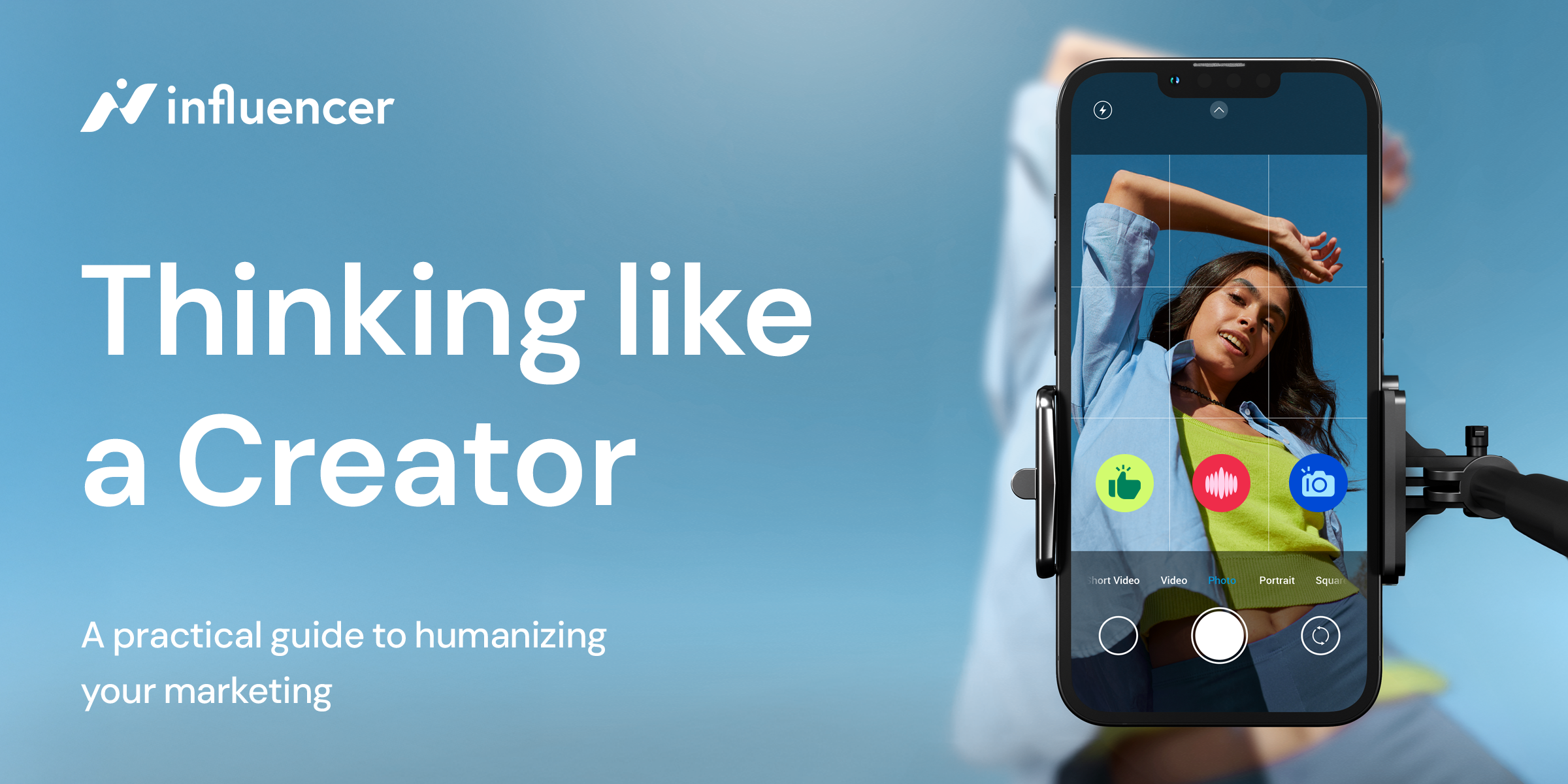
In an age where close to 1% of the world's population consider themselves to be a creator, and a forecasted $32bn of global ad spend is to be funnelled into influencer marketing in 2023, the days of Influencer marketing being seen as an executional tactic for a brands PR campaign are far behind us. But are we seeing more monumental shifts in the marketing landscape that point to the opportunity for influencer marketing to become an even more important part of the overall marketing mix?
- Historically ‘hard to reach’ youth audiences are not watching linear TV, and opting for ad-free streaming services. ‘Youth Media Unicorns’ like Buzzfeed and VICE are collapsing, and point to the challenges of winning these audiences' attention with traditional models of media consumption.
- With 38% of Gen Z saying they now spend more than 4 hours per day on social media, and 60% of them say they are using TikTok to consume video content at least once a week, Just behind Netflix at 69%, the only time they are exposed to digital advertising is when they are scrolling through platforms like TikTok, Instagram or Snapchat.
- As we stare over the precipice of the AI revolution, more and more of the information we consume will be generated by something that is not a human, and therefor, whilst efficient, by definition not authentic. Given the importance of authenticity in advertising for Gen Z, are creators the cut through tactic that will allow marketers to effectively communicate with this audience?
In Byron Sharp’s marketing bible “How Brands Grow”, he calls out the importance of using reach to continuously expose all of your target audience to your brand, and frequency to get noticed and remain salient, but it could well be that influence is the new coefficient in the era of authenticity that will be required to help brands build consideration in a way that drives cut through and real business results.
With any opportunity comes a challenge. Whilst the opportunity for influencer marketing to deliver brand performance when done right is clear, its relative nascency mean marketers are having to answer three fundamental questions;
- How do we navigate a complex and evolving creator universe?
- How do we execute influencer marketing at a sufficient scale?
- How do we prove the value of influencer marketing?
The old media adage of ‘Nobody ever got fired for buying TV’ is particularly relevant to influencer marketers in this pivotal phase of the medium's evolution, as we are required to ‘de-risk’ buying decisions across these three challenges:
- With 50 million creators in the mix worldwide, you can forgive a feeling of overwhelm that might lead a marketer to opt with a tactic that they already understand; where they can just pick a platform, set a target audience and a budget, and let it run. However, the data is starting to show that this risk-aversion can lead to inefficient return on advertising spend, with a recent study from TikTok showing that creator content outperforms branded content at the awareness, consideration and conversion levels.
De-risking the complexity of the creator universe lies in a combined platform power and people power approach: Technology to filter and refine the universe by your own requirements is a must, but also to understand the relationship a creator has with their audience, and whether that relationship is something a brand can leverage. However, This process still leaves you exposed to risk without the context that true influencer experts can bring. The science needs to be complemented with understanding synergy with your brand or brief, and ultimately the style in which the creator communicates with their audience and whether it offers an opportunity for authentic brand communication.
- The world's biggest brands have very big marketing budgets, and they want to achieve scale amongst their target audience with those budgets. Buying a billion impressions on facebook is (relatively) easy, but delivering an influencer campaign at a billion impressions is more of a logistical challenge.
It will require multiple, sometimes hundreds of, influencers to be engaged, boat loads of content to be received, reviewed and approved, a fairly complex coordination effort to get that content published, and a fair bit of proprietary data access to effectively track its performance. Doing this without effective technology is a recipe for disaster, as ‘final final final files’ clog up your inbox, and collating screenshots from every creator to validate publishing and performance can feel like a wild goose chase. Working with a specialist influencer business with powerful technology, and people who know how to get the best out of it is an essential cornerstone to achieving scale with influencer marketing.
- There is a fundamental problem with the established advertising measurement methodologies in the market that were built for more ‘traditional’ forms of marketing. A large number of them are rooted in creating ‘test’ environments to measure whether the uplift amongst a group exposed to an ad is greater than a group that were not.
This misses the point of one of the key virtues of influencer marketing as a medium; INFLUENCE! If a person exposed to a piece of influencer marketing has no affinity to the creator featured, then their reaction to the ad will not reflect the intention of the campaign (or the entire tactic!), so can not be used as an effective measurement methodology.
Marketers that believe in the value of creator led marketing need to adopt measurement methodologies that are tailored to the medium to truly measure its impact, rather than relying on approaches that were designed for measuring the impact of reach and frequency alone. Only then will brands be able to value its true impact against their wider marketing mix.
So all in all, influencer marketing offers a compelling opportunity for marketers to reach, engage, and impact young and emerging audiences, and the increasing rate of adoption amongst global advertisers appears to back up this trend. But, as with any new advertising tactic, they need to embrace the expertise that the fast growing influencer marketing industry provides in order to truly take advantage of this opportunity - and perhaps even ride a paradigm shifting wave in building authentic connections with their most valuable audiences and customers.
More resources

New Creator Economy report urges brands to think like Creators - or risk being left behind.
Let’s work together

Let’s work together

Let’s work together

Let’s work together

Let’s work together

Let’s work together

Let’s work together

Let’s work together

Let’s work together

Let’s work together

Let’s work together

Let’s work together

Let’s work together

Let’s work together

Let’s work together

Let’s work together

Let’s work together

Let’s work together

Let’s work together

Let’s work together

Let’s work together

Let’s work together

Let’s work together

Let’s work together

Let’s work together

Let’s work together

Let’s work together

Let’s work together

Let’s work together

Let’s work together

Let’s work together

Let’s work together




